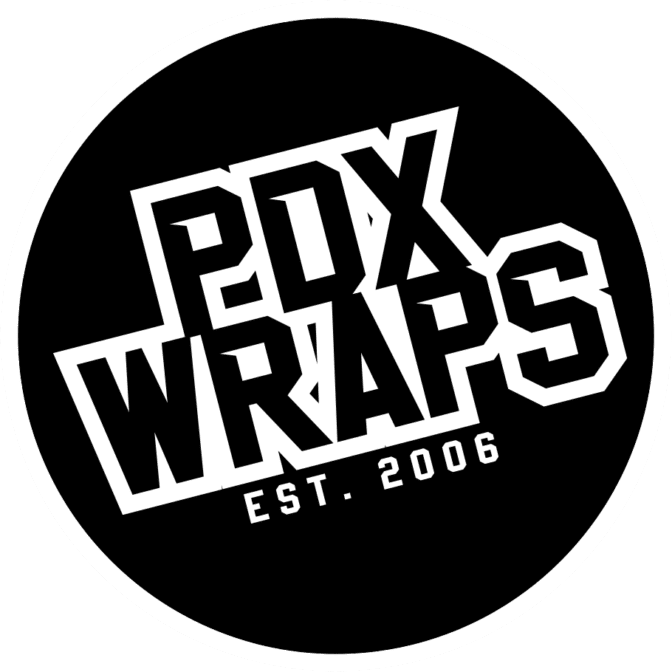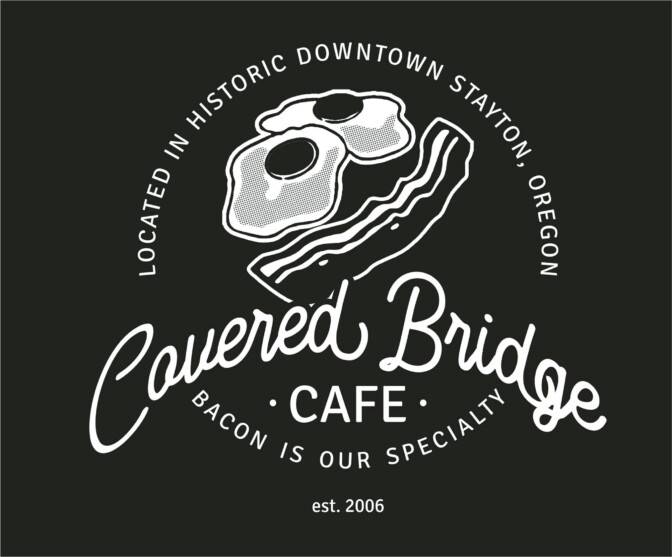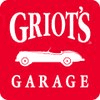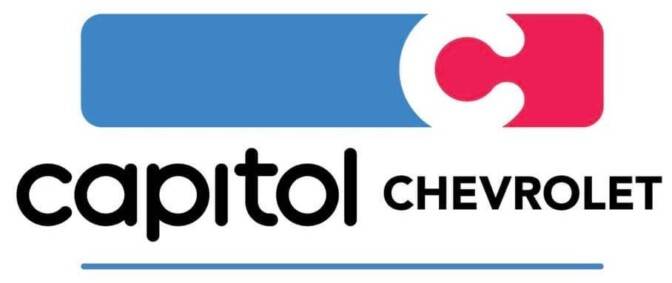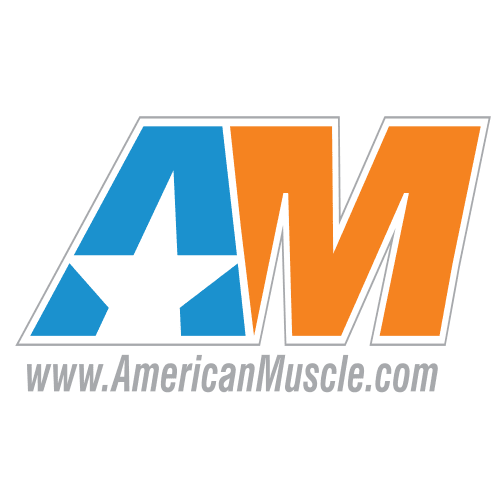The term: “Cruise” in Willamette Valley Corvette Association, refers to Corvettes traveling in convoy to a predetermined destination.
Choosing destinations that can be reached by traveling roads known to be paved and free from excessive hazards is the first step to having a successful cruise. Traffic conditions, gas stations, rest room facilities, and restaurants along the route of the tour are variables that a tour leader should consider. One must all consider the vehicles in the group. e.g. a ’74 Corvette does not get 28mpg like a C7 or new C8 does.
Planning a cruise well in advance is best – though, not absolutely necessary. Advance planning gives the tour leader time to check the route, time to publicize in the Glass Sass newsletter, email, Facebook or via a phone campaign. However, impromptu cruises can be a fun adventure. e.g. “Hey everyone Let’s go to Astoria tomorrow”.
Cruise information should indicate a time of departure, location of the meeting place and the name and phone numbers of the tour leader. Destinations, time and distance of the tour and route can be included. Exact location of stops should be indicated – which will allow people who might arrive late to know a place they can join the tour. A map of the proposed route could be printed for each participant. Over the years WVCA has a couple predetermined starting points: Going East, Home Depot Parking lot off Lancaster, Going West, Walery’s Pizza in West Salem, Going South, Safeway parking lot off commercial, and Headed North, Harbor Freight Parking lot on Portland Rd.
Drivers should meet before the start of a tour. At this time, the tour leader is responsible for informing each member of the tour about last minute changes that may have been made since publication of the tour. A meeting gives each tour member a chance to ask questions and possibly suggest additional ideas for the tour. If the tour leader is so inclined, a ‘strip-map” might be helpful to other driver/codrivers.
Handouts which give information about a tour are a good thing for the tour leader to provide. This is a good time to ask if anyone else is known to be coming on the tour who hasn’t shown up prior to departure time. Tour rules should be discussed at that driver meeting.
Some are listed below:
- Tour participants should arrive at the starting place a few minutes before departure time and be prepared for the trip. Cars should be fueled and ready to go. Tours should leave at the pre-determined time and not later than 15 minutes after the publicized departure time. A current roster of WVCA members should be available to contact those who may have planned to attend but are not at the starting place.
- Corvettes will lead a tour. Other cars with the tour should be at the end of the convoy.
- Personal communicators and cell phones are very useful. Good communication will make the tour more fun, and can assist with vital communication in case of emergencies as well as routine lane changes. WVCA uses channel 6.6 on Family Radio Service personal communicators. (Route 66).
- Turn on your marker or parking lights while on tour. Lights enables a tour leader to see the cars more easily in a convoy, and it also gives a signal to other drivers that a group of cars is traveling together. One little trick is to put a highly visible car at the end of the line, Velocity Yellow is a great color for the lead car to see back there.
- Drivers must obey all speed limits and traffic laws. Drivers should drive legally and courteously. A touring speed that is comfortable and safe for all should be established by the tour leader. It is nearly impossible to travel at maximum posted speed and keep a convoy together.
- Passing other Corvettes on tour is not allowed while in convoy. Passing should only be done for emergencies. Changing positions in convoy can be done at rest stops.
- Always use turn signals and give plenty advance warning. This applies to the tour leader as well as each driver in order to let participants know as soon as possible when a turn is to be made. Oregon Driving Manual states that a driver should use turning signals at least 100 feet before making a turn or lane change.
- All travel should be in the right hand lane except when the group needs to pass a car that is not with the tour. When this is done, change lanes with caution. Unnecessary passing should be avoided.
- Leave enough room between cars to allow traffic to move through the tour. A convoy of Corvettes will attract attention. State Patrol Officers have been known to follow a tour to insure compliance with laws. Following too close is illegal. Oregon Driver Manual indicates that a safe following distance is defined as 2-4 seconds space cushion when traveling below 30 mph; and, a safe following distance at speeds greater than 30 mph should be 4 seconds or more to allow time for you to make a decision and take action. When the road is slippery or conditions are compromised, you should increase your following distance to more than 4 seconds. Leave enough air space to allow safe stopping to avoid a crash.
- It is a beautiful sight to see when a convoy of Corvettes is traveling together and are spaced equally.
- A tour leader should plan in advance. When exiting freeways, the leader should lead the tour into the correct lane well in advance to allow drivers to make comfortable lane changes instead of making panic lane changes before an exit.
- Racing, driving too close to the car ahead of you or reckless driving on the tour is prohibited and dangerous. Try to keep the tour together. When a car lags too far behind, it creates a breakup of the convoy and the tour leader cannot see all cars. It is a delicate balance between keeping equal distance between cars and not exceeding the speed limit. Gradual and steady acceleration and stopping is best.
- The best way to keep a convoy together is for each driver to look behind frequently, and don’t drive away and leave the car that is following you. If you lose sight of the car following, slow or stop in a safe place until the driver following catches up.
- Fuel and rest stops should be planned well in advance by a tour leader. Try to choose a place that offers a selection of different brands of gas within a close proximity. Break for about 15 to 20 minutes, and reassemble again at a pre-determined time and place. A count should be done before leaving stops to insure that members are not left behind.
- If your car stalls or can’t proceed for any reason, use your emergency flashers and headlights to alert the driver ahead. Try to notify the tour leader by phone or radio. Try to pull off the road in a safe place. One or two drivers in the tour should stop to render assistance. Drivers who are not providing assistance – which could include traffic control – should continue to follow the leader to a safe place to stop. If too many cars stop to assist, it can be dangerous and a traffic hazard.
- A tour leader should continue leading the convoy until a safe and visible place is reached to stop and wait for other cars to rejoin the tour. Then, rescue efforts can be coordinated if a Corvette can’t continue.
- Please keep the public image of WVCA in mind. Drinking alcohol and driving do not mix for any reason. Courtesy and safety should be the rule at all times.
- Should someone drive in an unsafe manner, become a safety hazard or an embarrassment to the group because of their actions, the tour leader – as well as fellow members – should take appropriate and responsible action to keep members safe, limit liability and preserve the reputation of Willamette Valley Corvette Association.
- A journey can be as much fun – maybe more – than arriving at a destination if everyone keeps these rules and requests in mind.
Have a safe and fun cruise!
Revision date: January 18th, 2022, ks





